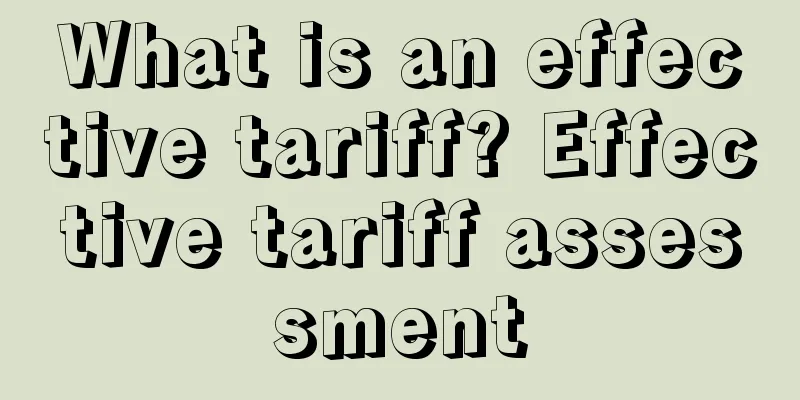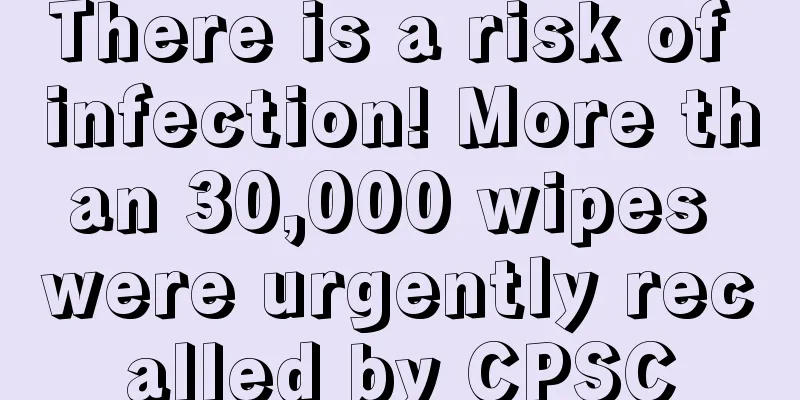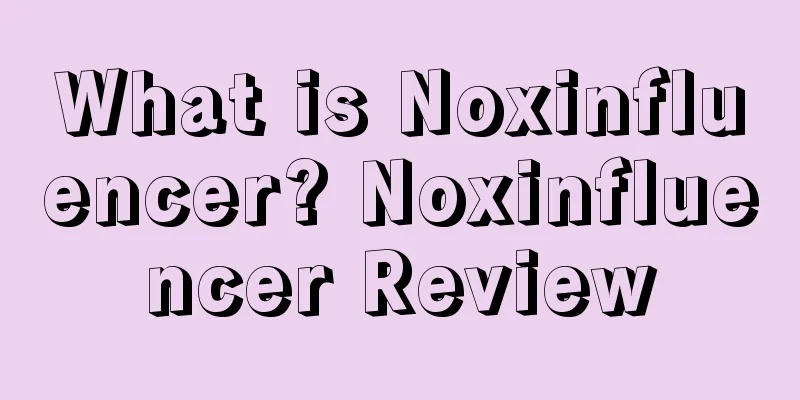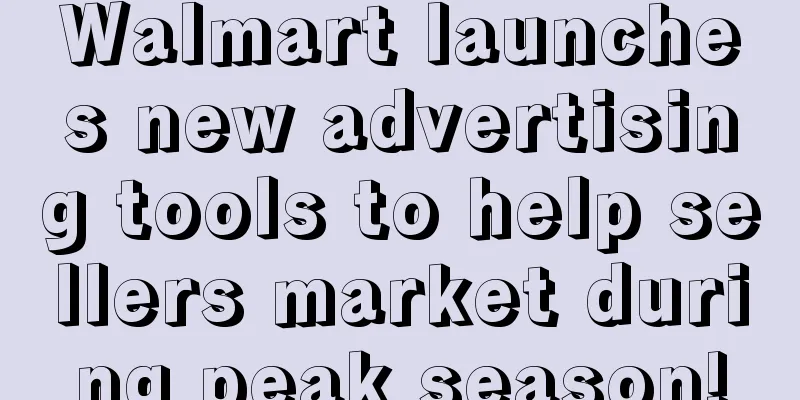What is an effective tariff? Effective tariff assessment

|
Effective tariff is a concept in modern international trade theory. It refers to the actual degree of protection of similar domestic products by imposing taxes on imported goods in market competition. The import tax imposed by a country on foreign goods that compete with a certain industry in the country is called "nominal tariff". The structure of guiding protective tariffs is called effective tariff in Chinese, also known as actual tariff, which means effective protection rate. 1. Introduction With the rapid development of deep-processing product production in developed countries and fierce competition in the international market, the protection theory that only uses (nominal) tax rates for final products is insufficient because it does not pay attention to the impact of taxing intermediate inputs on final products. The effective tariff theory studies the nominal tax rate structure used for both final and intermediate products, and pays attention to the impact of the tariff structure on the net value added in the processing and production of such products. By calculating the effective tariff rate (effective protection rate), we can study which products should be protected and how to determine the tariff rate, and measure the distribution ratio of protection and benefits obtained by products at different processing levels due to the nominal protection rate, which can guide the structure of protective tariffs. The effective tariff protection rate refers to the percentage of the incremental value added of a processed product under the tariff structure to its value added under free trade conditions. 2. Expression The effective protection rate (Z) for a certain product is expressed as: Z = (value added of domestic processing minus value added of processing under free trade conditions) / value added of processing under free trade conditions * 100% If the effective protection rate is expressed by the nominal tax rate, the formula is: Z=(tn-Σai*ti)/(1-Σai) Where tn is the nominal tax rate on finished products, ti is the nominal tax rate on inputs, ai is the proportion of inputs in finished products, and Σai is the sum of the proportions of various inputs in the product. It can be seen that the higher the tax rate of the final product, or the lower the tax rate of the intermediate input, the higher the effective protection rate. If tn>ti, then Z>tn; if tn=ti, then Z=tn; if tn The tariff rate structure provides a theoretical basis, and in international tariff reduction negotiations, provides a strategic basis for reducing tariffs on primary products more, while not reducing tariffs on final products too much. Through effective tariffs, some industries with higher effective protection rates can attract the country's previously depressed economic resources, affecting the country's resource allocation. References |
<<: What is Sellery? Sellery Review
Recommend
Your package may have been stolen by robbers! Amazon and Target have both been "robbed"!
<span data-shimo-docs="[[20,"获悉,据外媒报道,亚马逊、...
What is China (Hangzhou) Cross-border E-commerce Comprehensive Pilot Zone? Evaluation of China (Hangzhou) Cross-border E-commerce Comprehensive Pilot Zone
China (Hangzhou) Cross-border E-commerce Comprehen...
What is the Bilin Forum? Bilin Forum Review
Bilin Forum was officially launched on August 10, ...
What is Amazon Europe? Amazon Europe Store Review
Opening a store on Amazon Europe means registering...
Share some Amazon trivia you may not know
Q1: How can I see the products after 100 on the BS...
Amazon warehouses are overflowing! Freight rates on these routes have skyrocketed
At the beginning of 2025, the global shipping mark...
Unexpectedly, the number of Chinese mask manufacturers authorized by the FDA dropped sharply from 87 to 14
At present, 1,291,719 people have been diagnosed i...
Nearly 100,000 smart heaters were urgently recalled! Available on Amazon and other platforms
It is learned that the U.S. Consumer Product Safet...
What is Grab? Grab Review
Grab, formerly known as GrabTaxi, is the most comm...
Cross-border version of 3.15: Account selling service providers and Amazon’s 350,000 product sales have all collapsed!
The annual 315 Party came as scheduled. At the mee...
Walmart launches gas discounts for Walmart+ members to attract more members
It is learned that on April 27, Walmart announced ...
Use it right and it will take off! New rules for Amazon listings
text In order to reduce the problem of listing rem...
CPC advertising strategy commonly used by a barley company
Of course, the three time periods I gave are when ...
What is RFI? RFI Review
RFI (Request For Information) Information invitati...
Teach you how to quickly complete dangerous goods audit
Many sellers may encounter dangerous goods audits...









